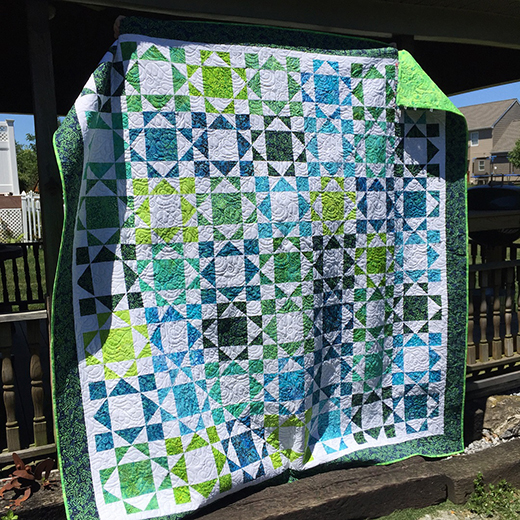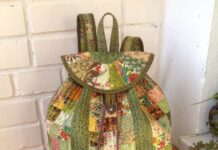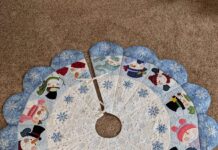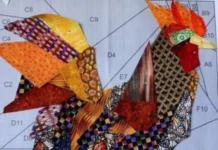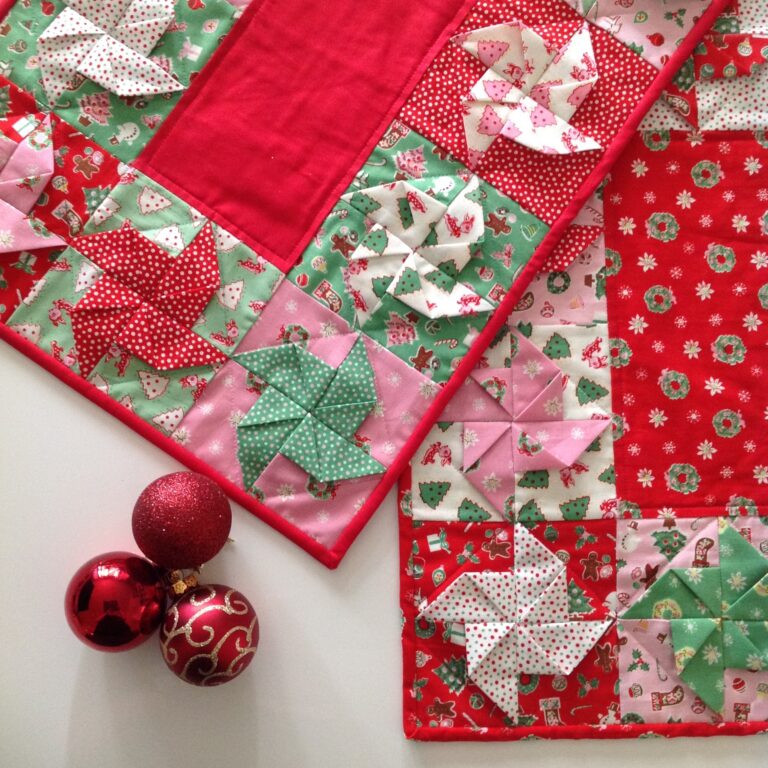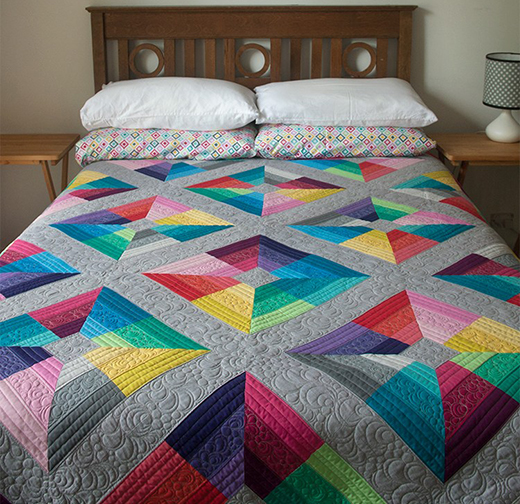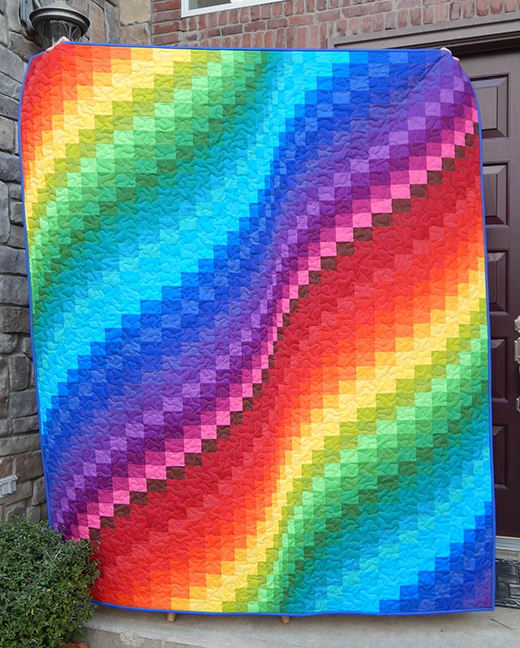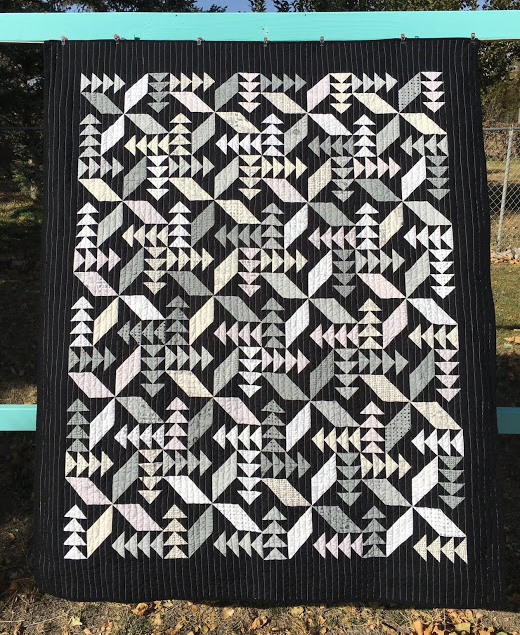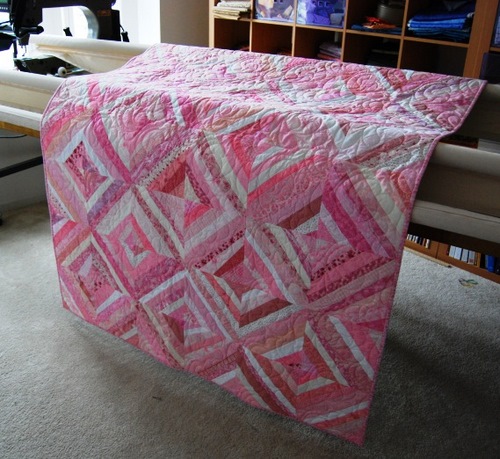Patchwork and quilting are partners in the world of handicrafts, have been together for many thousands of years, each with its own history retaining its own characteristics. Both can be functional and / or decorative and both have been continually reinterpreted for successive generations. As usual, quilting goes back many centuries in many parts of the world, but because tissues are fragile, ancient survivors are rare. The word quilt comes from the Latin “culcita”, a kind of mattress or cushion stuffed with something soft and warm (like feathers, wool or hair) and used to lie down or cover. Evidence of quilting’s existence goes back several centuries before the Romans.
Excavation sites (where objects have been preserved from the destructive effects of light, air, dust, and use) have provided the finest findings. A carved ivory figurine found in Egypt believed to date from 3,400 BC shows a king of Lower Egypt wrapped in a cloak in which the engraved decoration has the features of a quilting and the pattern employs the same combinations of diamonds or diamonds as They are so popular today.
Free Available Pattern: Half and Half Quilt
A burial carpet, found in Russia on the floor of some chieftain’s tomb, dated somewhere between 100 BC to 200 AD and probably the oldest surviving quilting item to date. one of the most beautiful survivors, and an elegant quilting slipper found in a garbage heap of a Tibetan army garrison on Silk Road and probably made between 750 and 860 AD. It is from these rare and very damaged fragments that one seeks to build a history for the ancient quilting.
One of the most important uses of quilting in many ancient societies was in the making of personal armor. Strong, well-laid and well-quilted fabrics effectively defended against swords, spears, and arrows, which was very useful. It was used by the Chinese and Japanese army and the Rajputs of India and across Europe until the Middle Ages.
Occasional surviving articles such as some quilts found in Sicily, which date from the late fourteenth century, give us little direct evidence of the many styles and techniques in use in particular societies and periods, and only when we go deep into the Middle Ages we encounter. enough written evidence to construct a coherent story. But even these written notes tell only the part of the story that refers to the rich, because the references occur in the accounts and inventories of upper-class families.
However it is reasonable to suppose that the women in the poor families who made the quilts to which these reports refer must also have used the quilt a lot in their homes. Therefore, quilts and quilted clothing must have been worn in both richer and poorer households. There are also a few surviving examples of patchwork, precisely because it was a recycling technique, using parts that had often been used well in another way. Something like “make and mend”.
Are you enjoying it? Also check out these Free Patterns:
➥ Nine Patch And Hourglass Quilt

